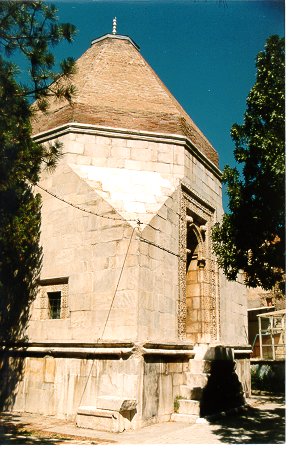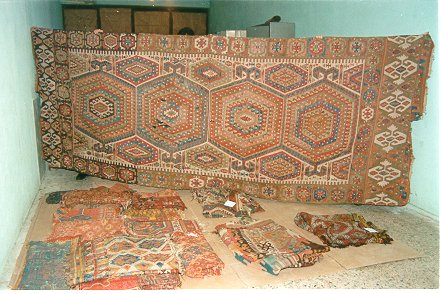|

Says so Nasrettin Hoca (Hodja); and his grandsons and granddaughters.
Hoca will also say many other things; still funny and interesting; like
When asked "What do they do with the old full moons?",
he will say
"They cut them up into small pieces and make the stars!.."
Jump to some of his stories here
We started out our pages with our most famous fellow personality, the Hoca (hodja).
Sivrihisar is the birthplace of Nasretting Hoca, who has been making millions of people laugh and think internationally for hundreds of years. The oldest Nasreddin Hodja story is found in the book called "Saltukname" written in 1480, which also contains other folk stories and legends. It is stated in "Saltukname" that Hodja was born in Sivrihisar and that the natives of Sivrihisar were famous for their strange behavior and ingeniousness.
The different behavior of the natives of Sivrihisar is also mentioned in a handwritten story book in Biblioteque Nationale in Paris.
Now, if you wonder where in the world Sivrihisar is; then here is a bird’s view picture from the rocky hills that surrounds the three sides of the town.
Click here for a view from the space.
And a couple of small maps for a better idea, or as a road map just in case..
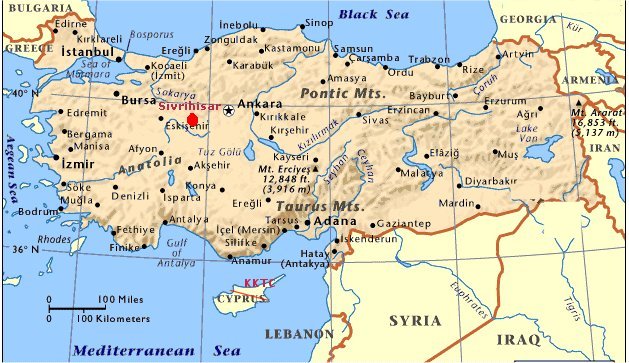
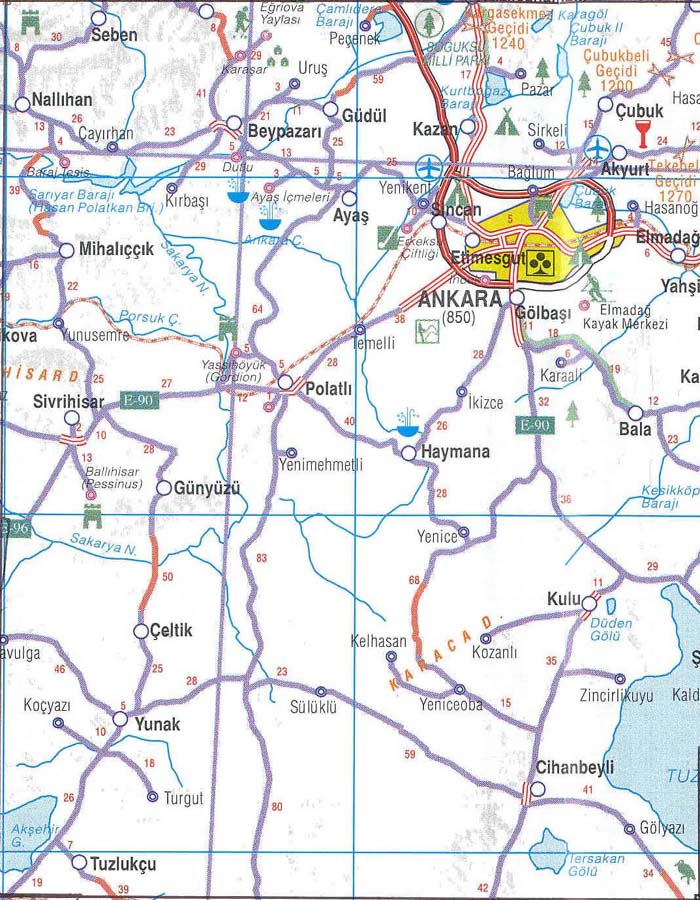
Yes! as you can figure out from the picture and the above map, it is a small but very old human settlement with a history that goes back to thousands years, and many civilizations, in the middle of Anatolia. The town and surrounding area have a magnificent past, and is a land full of historic treasures from 13 successive civilizations spanning 10,000 years. Even if you spend only a short time around Sivrihisar, you can see a lot of this great past.
The region of many civilizations and the historic battleground between East and West, the Hattis, Hittites, Phrygians, Galatians, Romans, Byzantines, Seljuks and Ottomans all fought for their sovereignty and established their rule.
During its turbulent history, Central Anatolia has endured invasion by great conquerors, such as Alexander the Great and Tamerlane (Timur).
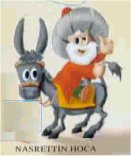 The town was always a cultural center along those far too many civilizations and empires. That tradition has continued after the Turkish settlement (1074 AD) and has given birth many brilliant cultural icons to the Turkish history, like Nasrettin Hoca (Hodja), Yunus Emre and some other personalities who were contributed to creation of a huge empire by their educational, cultural and managerial skills. Some of the names that are very well known in Istanbul like the Karaca Ahmet neighborhood and cemetery, which is named after Karaca Ahmet Efendi; and the Kadikoy area, which is named after the first Mayor (KADI) of Istanbul. They were all grown up here ın this land. The town was always a cultural center along those far too many civilizations and empires. That tradition has continued after the Turkish settlement (1074 AD) and has given birth many brilliant cultural icons to the Turkish history, like Nasrettin Hoca (Hodja), Yunus Emre and some other personalities who were contributed to creation of a huge empire by their educational, cultural and managerial skills. Some of the names that are very well known in Istanbul like the Karaca Ahmet neighborhood and cemetery, which is named after Karaca Ahmet Efendi; and the Kadikoy area, which is named after the first Mayor (KADI) of Istanbul. They were all grown up here ın this land.
Sivrihisar's charm derives from its many typical Ottoman houses which imbue the town with an air of bygone elegance.
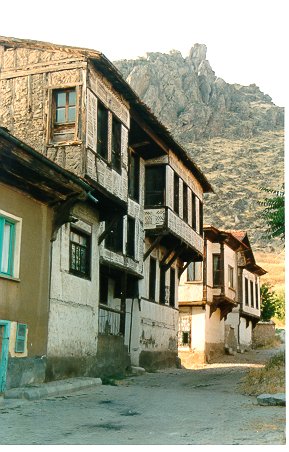 |
The 13th-century Ulu Mosque, formerly a caravanserai, and the Alemsah Mausoleum are very interesting and worth a visit.
Connoisseurs of carpets and kilims will know that kilims from Sivrihisar are particularly prized.
Near Sivrihisar, in the village Nasrettin Hoca, the Nasrettin Hoca Museum has ethnographical displays as well as amusing stories and pictures about the famous fabler.
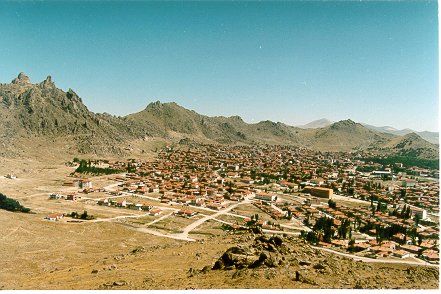
Photos by Ali Rıza Öztekin
Not all pages in this web page were written in English; but most of them easy to understand as the link subjects were given in both languages.
Please come back soon for the upcoming details from the past, and present, and hopefully more English translations from all subjects.
Thank you for your visit to our web site.
|
|

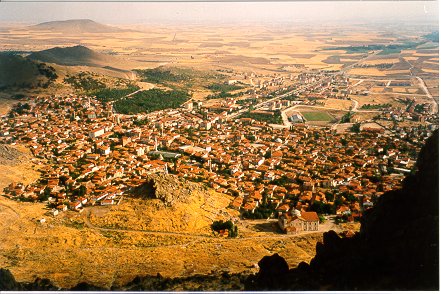

 The town was always a cultural center along those far too many civilizations and empires. That tradition has continued after the Turkish settlement (1074 AD) and has given birth many brilliant cultural icons to the Turkish history, like Nasrettin Hoca (Hodja), Yunus Emre and some other personalities who were contributed to creation of a huge empire by their educational, cultural and managerial skills. Some of the names that are very well known in Istanbul like the Karaca Ahmet neighborhood and cemetery, which is named after Karaca Ahmet Efendi; and the Kadikoy area, which is named after the first Mayor (KADI) of Istanbul. They were all grown up here ın this land.
The town was always a cultural center along those far too many civilizations and empires. That tradition has continued after the Turkish settlement (1074 AD) and has given birth many brilliant cultural icons to the Turkish history, like Nasrettin Hoca (Hodja), Yunus Emre and some other personalities who were contributed to creation of a huge empire by their educational, cultural and managerial skills. Some of the names that are very well known in Istanbul like the Karaca Ahmet neighborhood and cemetery, which is named after Karaca Ahmet Efendi; and the Kadikoy area, which is named after the first Mayor (KADI) of Istanbul. They were all grown up here ın this land. 
